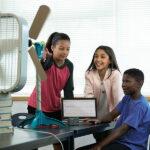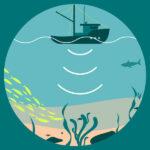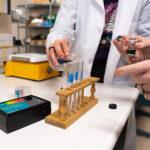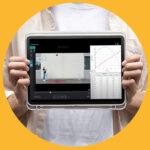
Sharing ideas and inspiration for engagement, inclusion, and excellence in STEM
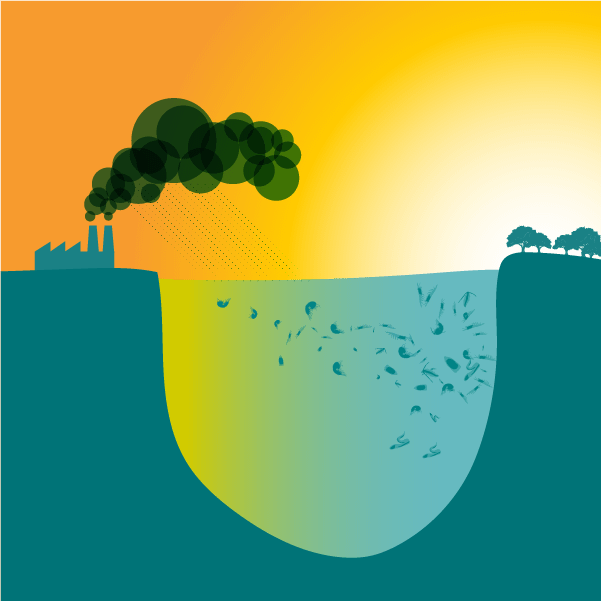
Climate change is a complex, long-term process, so it can be challenging to conduct classroom experiments that show the phenomenon.
However, it is relatively easy to conduct experiments that show the concepts behind factors related to climate change and its impact. These sorts of experiments can help equip students with the data they need to understand climate change—and they’re a great way to connect science to the real world.
Here are four experiments, as well as some useful resources, that can help your students explore the science behind climate change.
“Exploring the Greenhouse Effect”
When I taught biology and AP Environmental Science, I always told my students, “I’m not here to tell you what to believe. I’m here to give you data so that you can understand what’s going on and make your own decisions.”
As part of that process, I found it helpful to focus on different phenomena related to climate change. One example is gases in the atmosphere, specifically, how they work and why certain gases are dangerous in excess.
One way to take a deeper dive into these concepts is to conduct “Exploring the Greenhouse Effect” in your classroom or lab.
In this experiment, students use the Go Direct® Surface Temperature Sensor to measure temperatures in a model greenhouse and a control. After they collect the temperature data, students use the results to make conclusions about the greenhouse effect.
Another way you can approach this topic is to teach your students about the ways that increasing levels of carbon dioxide are affecting the oceans—and Shedding Light on Ocean Acidification is a great resource.
In this webinar, I demonstrate how students can explore the science behind this destructive phenomenon by using a Go Direct pH Sensor and the Vernier Graphical Analysis® app to measure changes in pH and study the effect of dissolved CO2 on the pH of water.
“Fossil Fuels”
According to the United Nations, “Fossil fuels—coal, oil, and gas—are by far the largest contributor to global climate change, accounting for over 75 percent of global greenhouse gas emissions and nearly 90 percent of all carbon dioxide emissions.”
This experiment is a great way to help your students better understand the impact of fossil fuels on the environment. In “Fossil Fuels,” students use a Stainless Steel Temperature Probe to determine the heat of combustion of paraffin wax.
After collecting temperature data, students use reference sources to find out more about fossil fuel energy, and then they choose and investigate a researchable question.
“Investigating Albedo”
Reflection (also known as albedo) and feedback loops are two more important concepts related to climate change that my students and I would explore.
According to the University Corporation for Atmospheric Research, “In the climate system, a feedback is a process that can work as part of a loop to either lessen or add to the effects of a change in one part of the system.”
As it relates to climate change, a positive feedback loop accelerates a warming trend, and a negative feedback loop slows it down.
Here’s an example of a positive feedback loop: Humans are causing warming, which is melting ice, which is causing a change in albedo, which is causing more heat to be absorbed into the planet, which is causing more ice to melt, which is causing more change in albedo.
“Investigating Albedo” is an excellent way to make these abstract concepts real. This experiment involves three parts:
- Use the Go Direct Light and Color Sensor to measure the amount of light reflected from different colored pieces of paper.
- Calculate the albedo of different surfaces.
- Use the Go Direct Surface Temperature Sensor to measure the amount of energy absorbed for each color of paper.
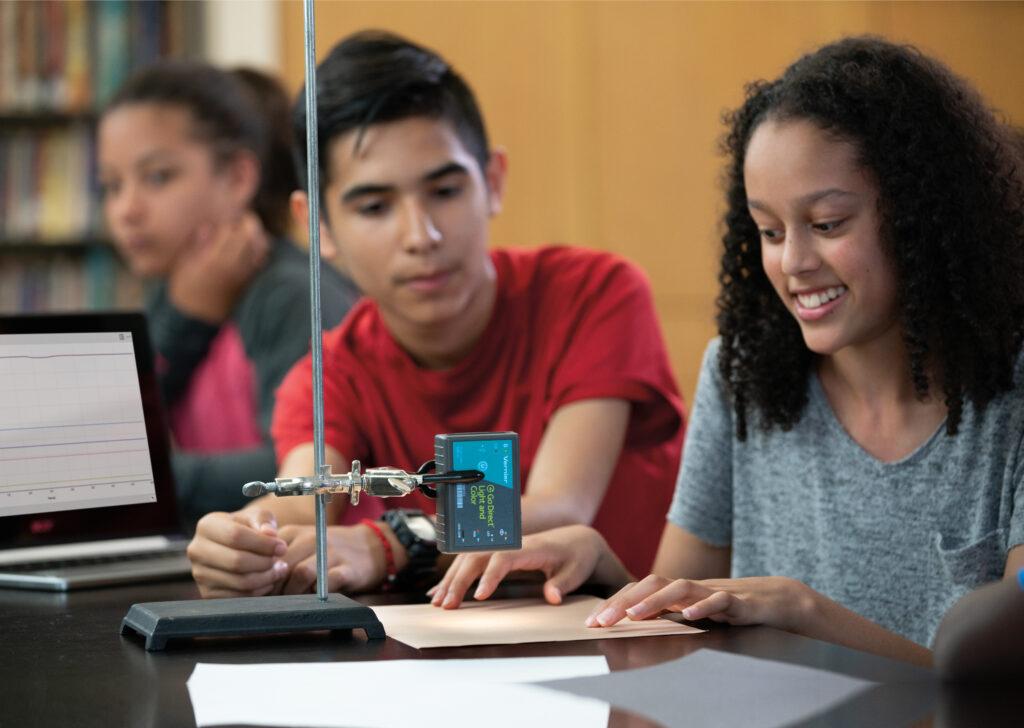
“Schoolyard Study”
Although it’s written for middle school students, this experiment can also work for more advanced students. It focuses on collecting data in a specific environment (the schoolyard) and features the Go Direct Light and Color Sensor and Go Direct Temperature Probe.
The objectives of the experiment include the following:
- Measure ground and air temperatures at various locations along a transect.
- Measure the light intensity at the same locations.
- Observe and classify the living organisms at those locations.
- Determine if there are temperature differences between the ground and air above it.
Inspiring Students to Investigate Renewable Energy
Lessons about the science behind climate change should center on scientific concepts and phenomena, of course. But it’s also important to discuss ways that different groups are working to find solutions.
Put another way, be sure to tell your students that the situation is hard, but we can empower them to explore solutions.
Renewable energy is a great solution to highlight—and KidWind is a great way for students to investigate the science and technology of solar and wind energy.
Specifically, with KidWind, students work with solar panels, and they can use basic and advanced kits to build wind turbines. In the process, they sharpen their engineering design skills, engage in critical thinking, and develop creative solutions to problems.
For a comprehensive list of Vernier experiments related to the science behind climate change, check out this article. And if you have questions about KidWind or want to share any experiment ideas, feel free to contact us at biology@vernier.com or 888-837-6437.
Share this Article

Sign up for our newsletter
Stay in the loop! Beyond Measure delivers monthly updates on the latest news, ideas, and STEM resources from Vernier.

